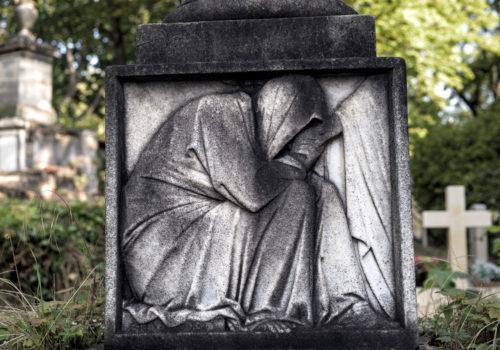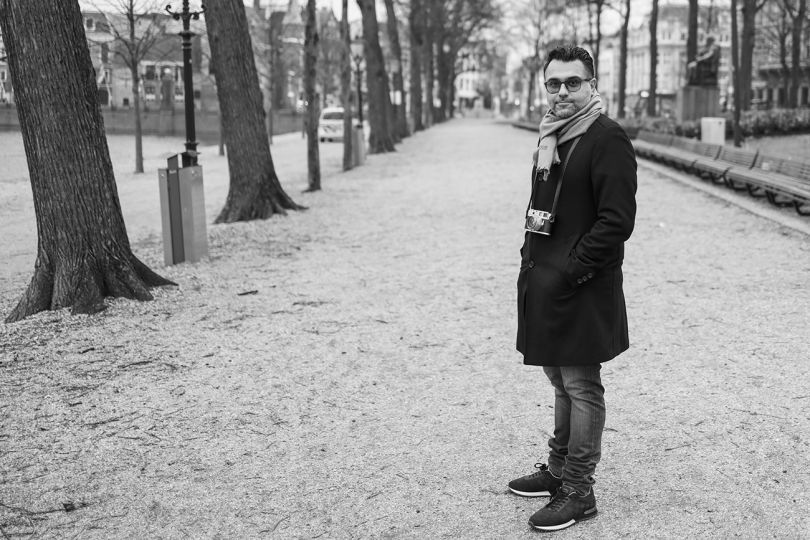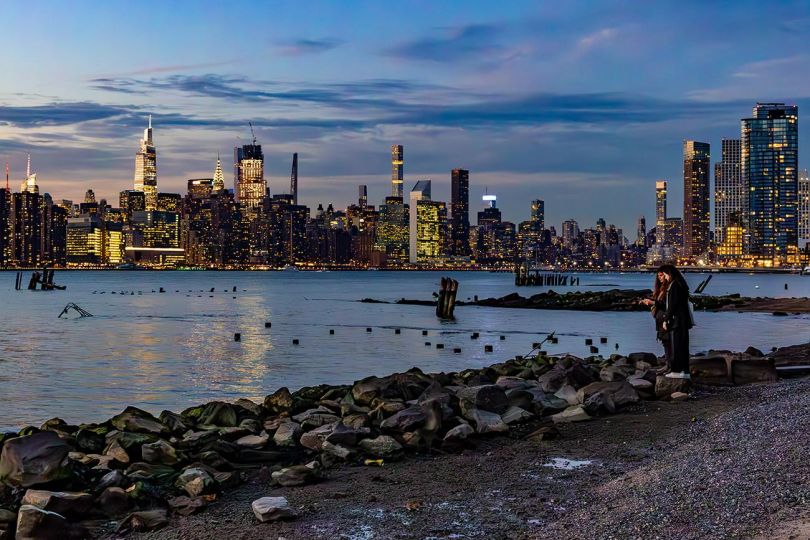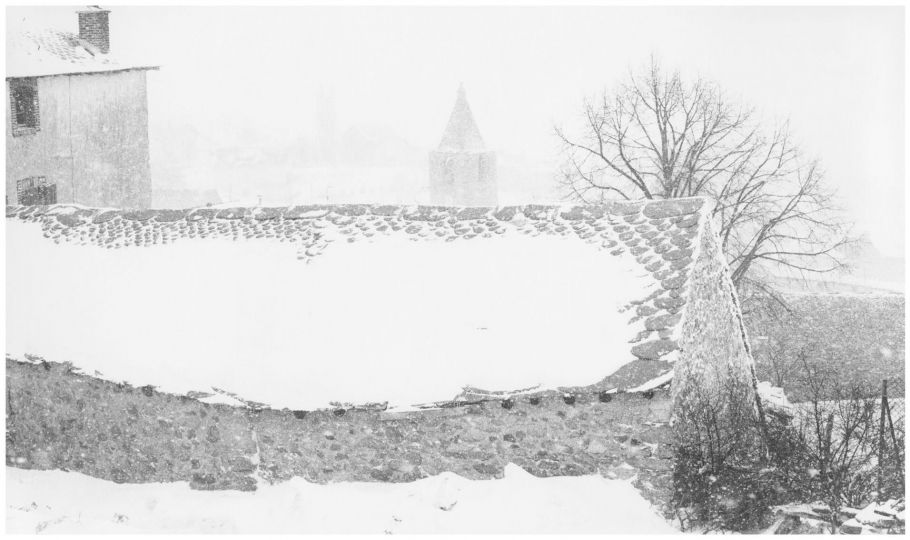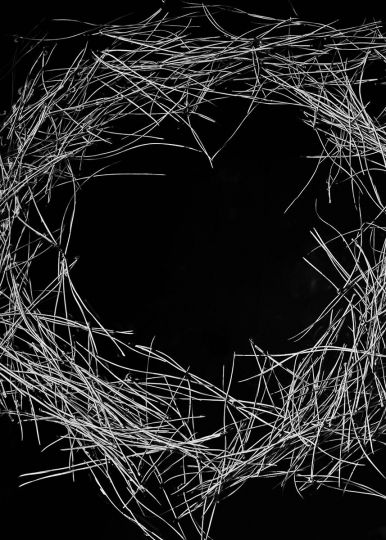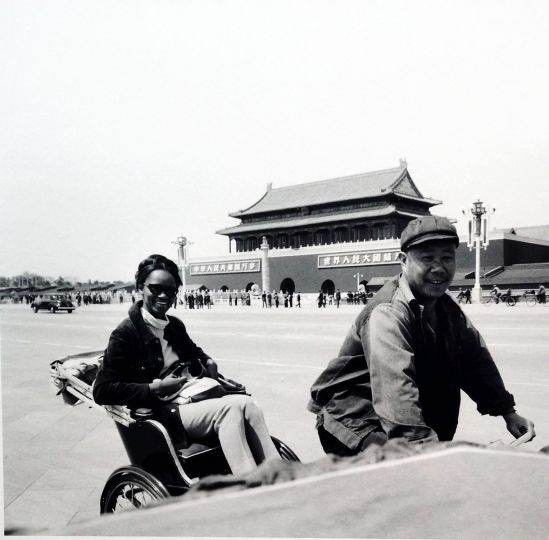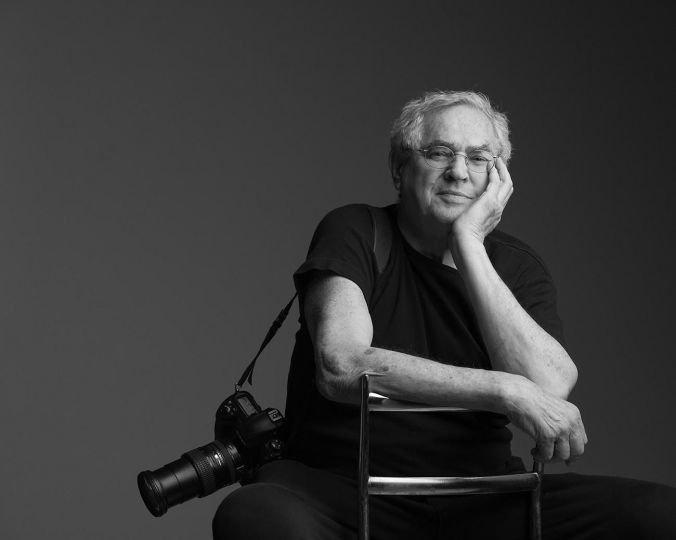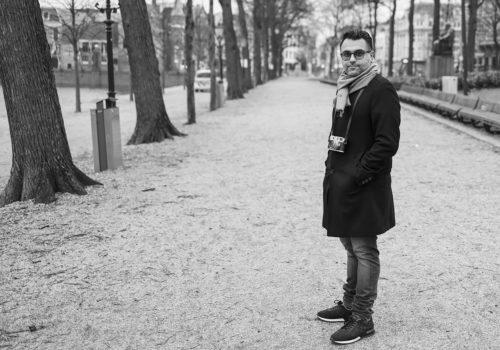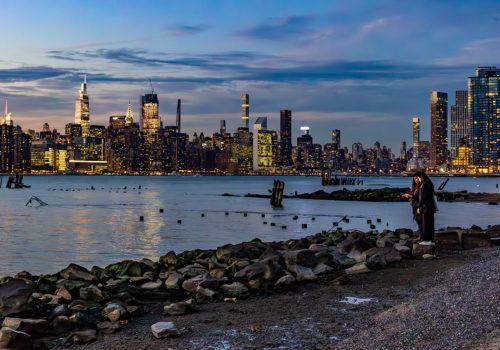Jean-Claude Marguerite sends us this portfolio accompanied by this text:
At the beginning of the 2000s, I lived a stone’s throw from the Père-Lachaise cemetery in Paris. On my first walk, I was struck by the self-importance displayed by the male busts, almost all made on the same model. I then began to photograph the female statuary, in black and white and in 6×6. I moved shortly after, and another subject monopolized my attention to the Paris metro.
During an interview, before confinement, I affirmed that I would not continue this work. But I spoke too quickly, I once again surveyed this vast cemetery with the desire to illustrate the variety of female representation, as it is offered to the stroller (hence the use of a “normal” optics which best corresponds to our perception of perspective, such as, ultimately, color images after the exploration with black and white).

